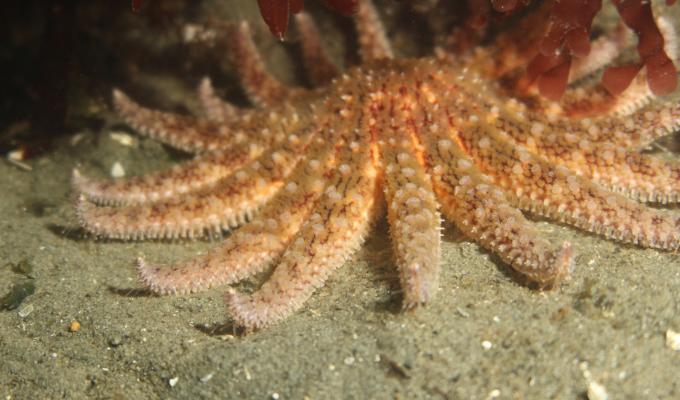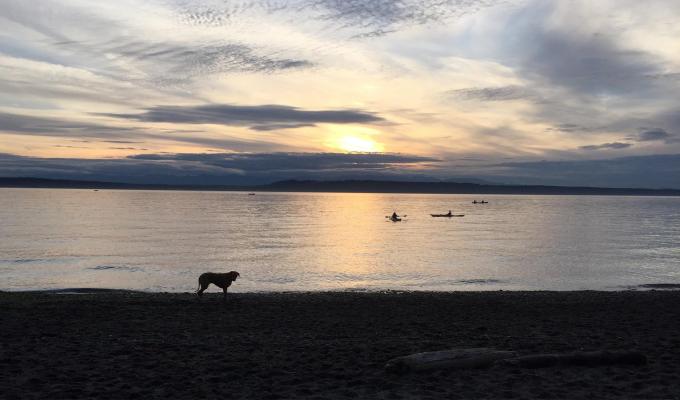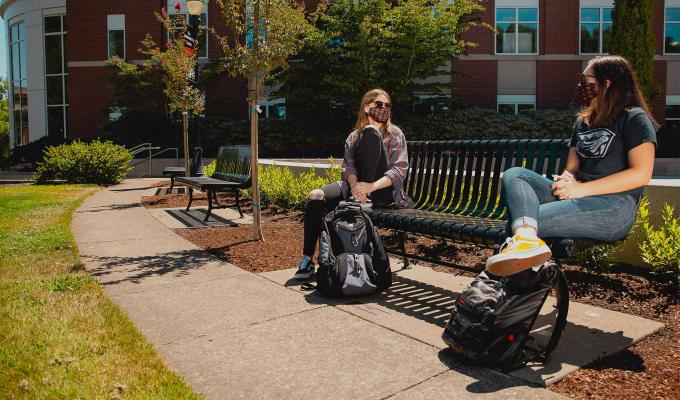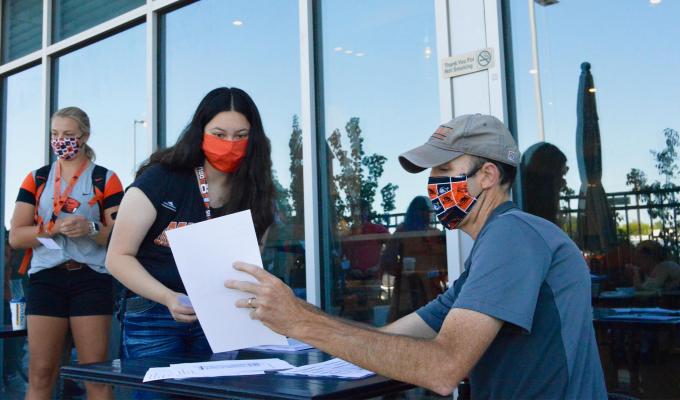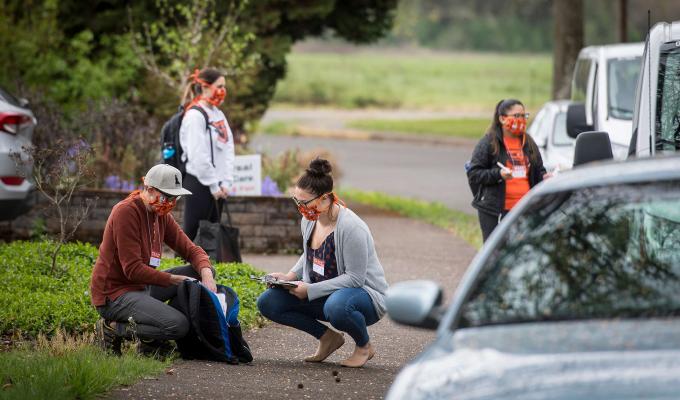
Alumni and Friends
Meet a Science Grad: Kaelie Spencer

Alumni and Friends
Meet a Science Grad: Stanley Yu
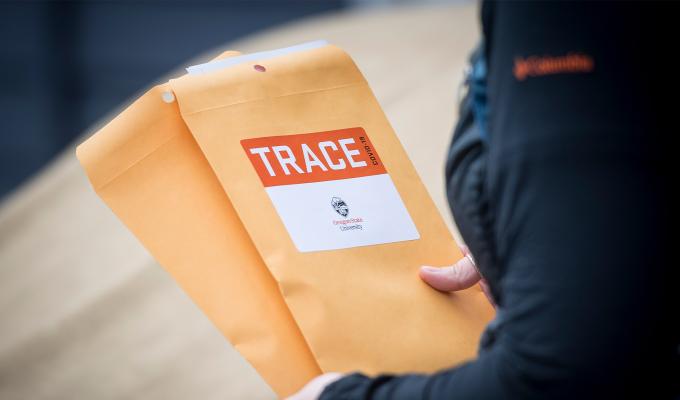
Biomedical Science
OSU adapts COVID-19 testing of students and employees as holidays near
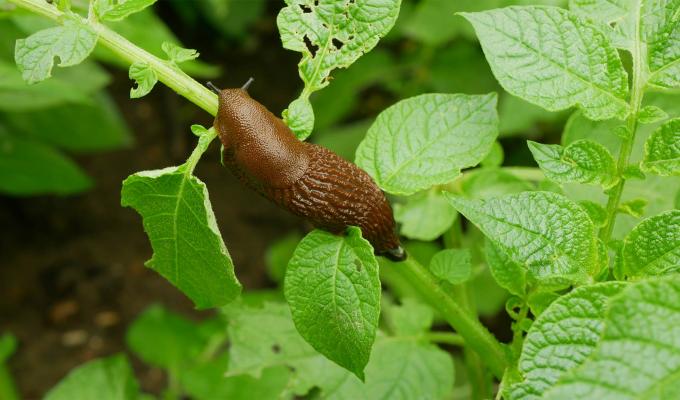
Integrative Biology
Nematode discovered by scientists to prevent crop damage by invasive slugs

Diversity in Science
Alumni Fellow Eva Galvez to address impact of COVID-19 on Latino communities
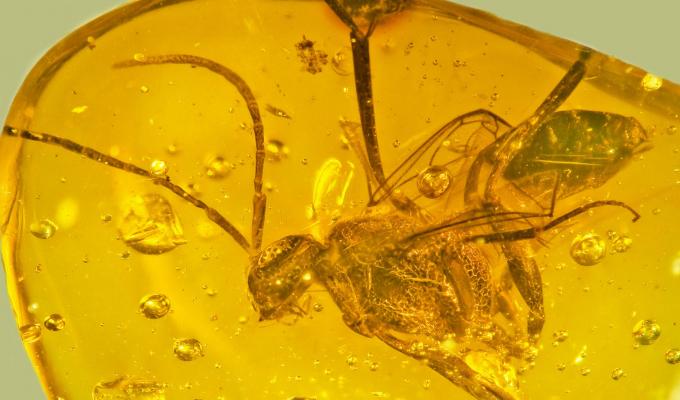
Integrative Biology
